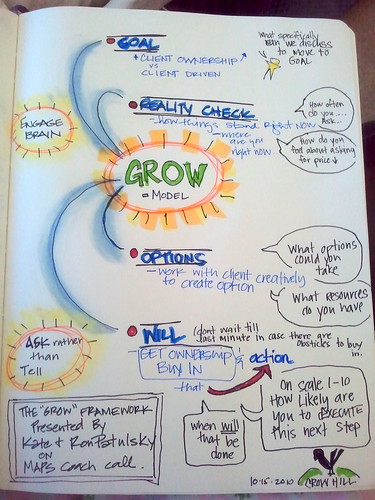In the VITAE project (2007-2009) we developed a course to train VET teachers to hone their digital skills while learning how to mentor their colleagues to do the same. In fact the mentoring part seemed to get lost in the scramble to understand how to use the amazing wealth of Web 2.0 technologies out there. So in taking VITAE as an exemplar course in the new UnderstandIT project, we decided to tidy up the VITAE course so that the mentoring did not get lost. In fact we had already decided at the end of the VITAE project that coaching was probably an approach better suited to the business orientation of VET training so we were already clear about those changes.
Although the dichotomy between digital immigrants and digital natives, first proposed by Marc Prensky has been refined to that of digital residents and digital visitors, our approach of looking at the integration of ICT in VET training as a cultural journey has proved useful and we retain that as the structure of the course. So your intercultural journey leading you to integrate ICT into your everyday practice would unfold as follows:
| The Intercultural journey | Integrating ICT |
| 1. The way we do things around here | reflection on current practices and what we would like to do better |
| 2. Our values and beliefs (about teaching and learning) | reflection on good teaching & effective learning |
| 3. Preparing for the journey | starting an e-portfolio and completing a (ICT) competence assessment |
| 4. Trying their dishes & customs | mastering specific digital tools |
| 5. What do I want to take home with me? | planning & implementing a digital lesson |
| 6. Culture Clashes | critical incidents such as Internet safety, what to do when the Internet fails etc |
| 7. Speaking with the digital natives | how they do things over there – good practice examples |
| 8. Telling the folks back home | helping them prepare for the same journey – sharing your experience, peer mentoring |
When we began to explore the adaptations we would need to make to turn this into coaching training we ran into the GROW model of coaching. 
| GROW stage | The Intercultural journey | Integrating ICT |
| Goals | 1. The way we do things around here | reflection on current practices and what we would like to do better |
| Reality | 2. Our values and beliefs (about teaching and learning) | reflection on good teaching & effective learning |
| Reality | 3. Preparing for the journey | starting an e-portfolio and completing a (ICT) competence assessment |
| Obstacles | 4. Culture Clashes | critical incidents such as Internet safety, what to do when the Internet fails etc |
| Options | 5. Speaking with the digital natives | how they do things over there – good practice examples |
| Options | 6. Trying their dishes & customs | mastering specific digital tools |
| Way forward | 7. What do I want to take home with me? | planning & implementing a digital lesson |
| Way forward | 8. GROW modelTelling the folks back home | helping them prepare for the same journey – sharing your experience, peer coaching |
The other major change made to the VITAE course was to organise it so that the focus was no longer on digital tools but on learning about and practicing coaching through the use of digital tools. So for example there is no need to ask what Voicethread can be used for; we simply used it as the medium for delivering a powerful case study about the implementation of ICT in a Brazilian language school. Comments on the presentation were made and answered through Voicethread.
We are also discovering that not enough time may have been allocated to each stage of the journey so we are revising the time allocation to each stage of the intercultural ICT journey in order to allow participants sufficient time to be able to really practice their use of digital tools and peer coaching. The course is currently being run in pilot form as a 100% online course and I think this helps too as it makes the use of digital tools for completing the course a much more natural option than if we were meeting face to face in a room full of computers where it seems strange to communicate though them rather than directly. The final way in which coaching is integrated into the course is by asking course participants to coach each other in their exploration of the tools which help us to remain in contact. In this way we hope that coaching is an integral part of the course and cannot be lost as it was previously.
